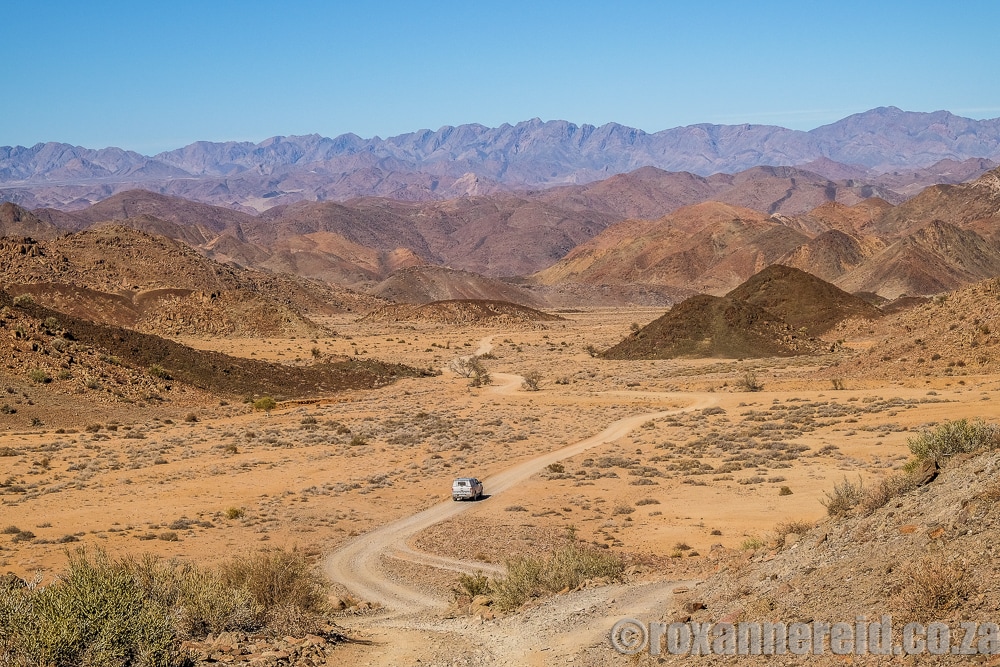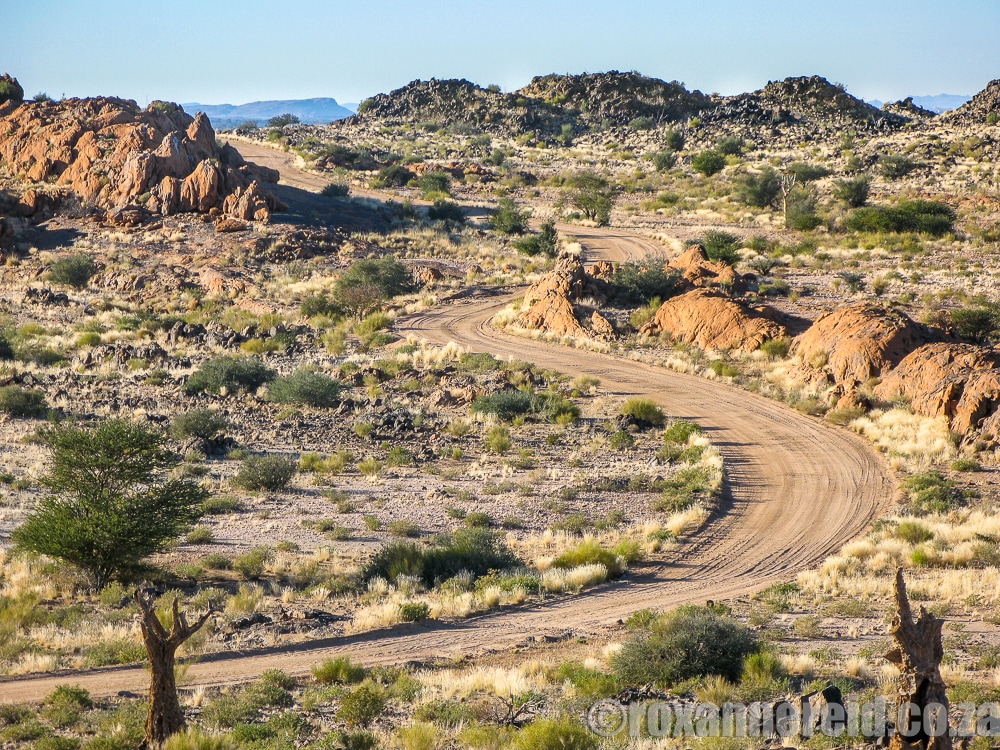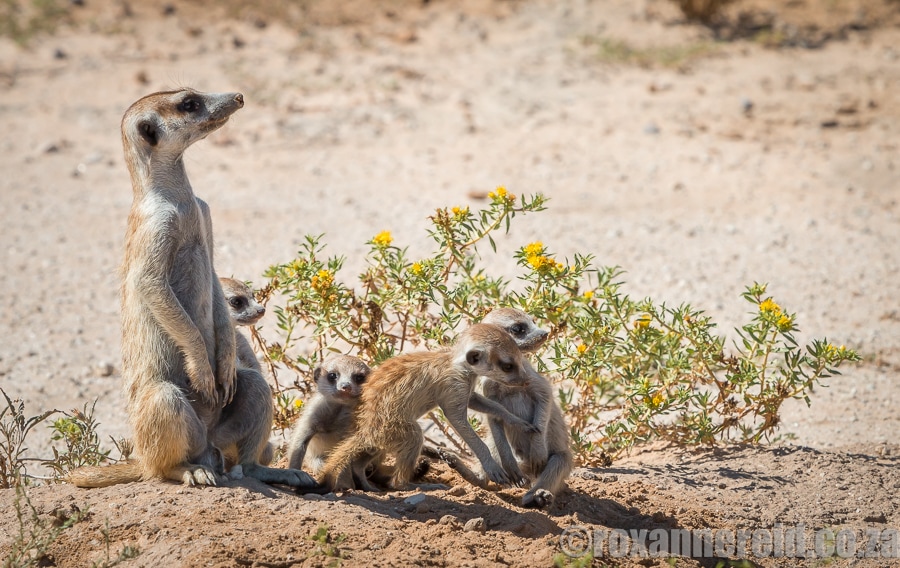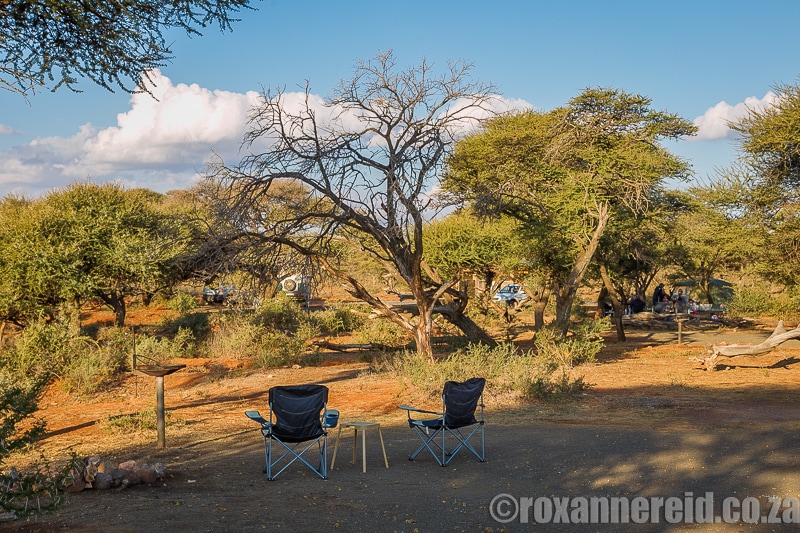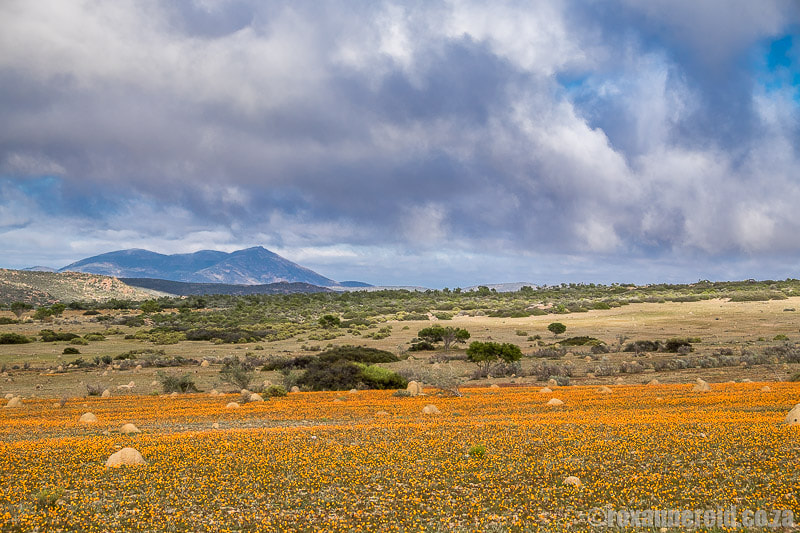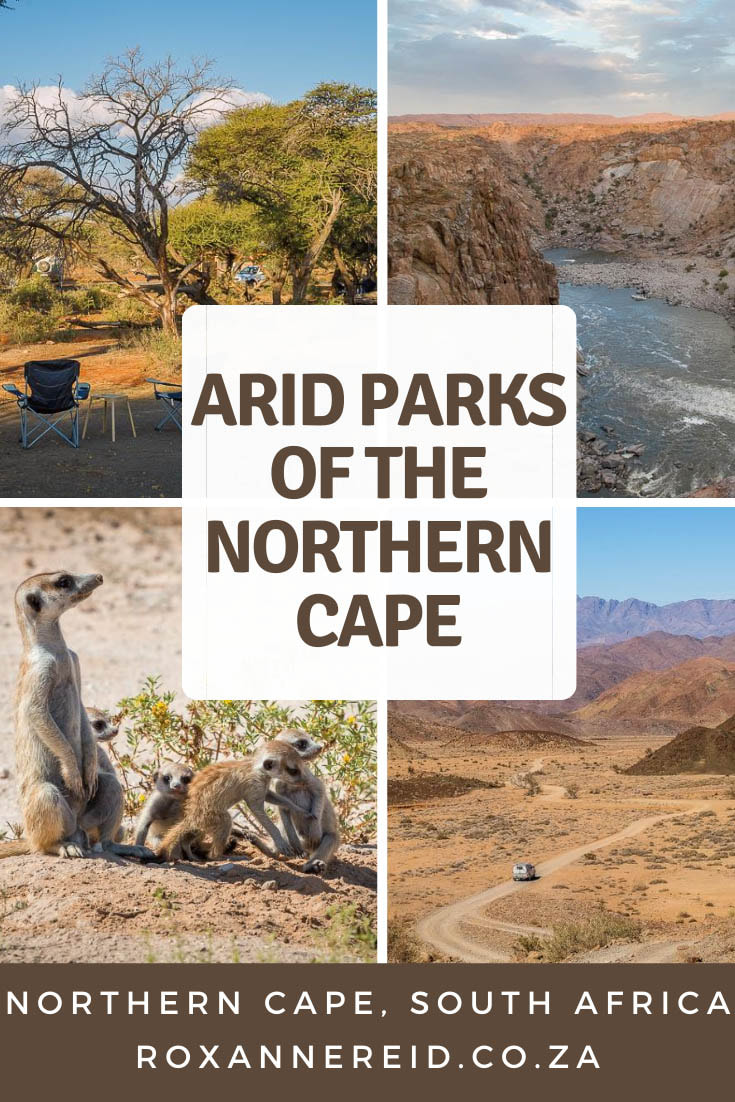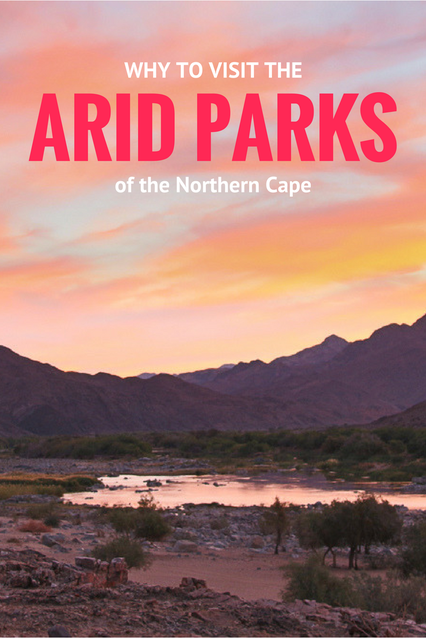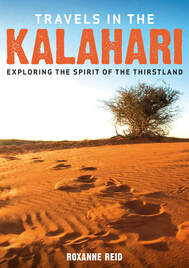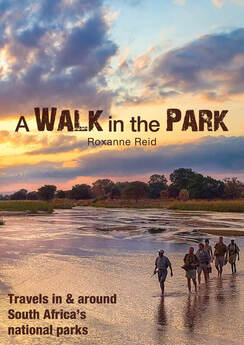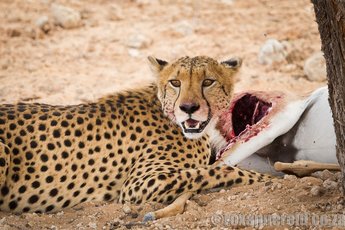
It may not be home to Table Mountain or the Kruger National Park – two of South Africa’s most well known attractions – but the Northern Cape is still one of my favourite places. It has open spaces and blue skies, mountains and semi-desert landscapes crammed with wildlife big and small. Here are 5 arid parks worth visiting in the Northern Cape.
At first glance this vast mountain desert of sun-baked sand and rocky hills might seem to be a vast wodge of nothing. But look a little deeper and you’ll uncover irresistible open spaces, mountain views, stars, and intriguing geological formations. Despite a measly 50-150mm of rain a year, desert plants grow out of rocky crevices and survive largely on the early morning fog that drifts in from the Atlantic Ocean. Look out for succulents, gnarled quiver trees and the strange halfmens with its spiny limbs and fan of leaves at the tips.
This UNESCO World Heritage Site’s greatest appeal is its remoteness and true wilderness atmosphere, but you can also find living creatures like springbok, Hartmann’s mountain zebra and klipspringer, birds, shrews, lizards and chameleons. You may even spot the tracks of leopard or brown hyena.
Prepare yourself for searing summer temperatures (up to 53°C) and winter nights that plunge to freezing point. Make sure you have a high clearance 4x4 vehicle and are self-sufficient with food, drinking water, medical supplies, a good map/GPS and a recovery kit. I also suggest hiring a satellite phone.
Accommodation: self-catering chalets and wilderness camps, camping
More about Richtersveld
2. Augrabies Falls National Park
You’ll find the Augrabies Falls National Park west of Upington in the Northern Cape. Its name derives from a Khoi word that means ‘place of great noise’. Although the falls and 18-kilometre gorge are the park’s centrepiece, other strange-shaped rock formations reminiscent of a moon landscape are best seen in the soft light of early morning or late afternoon. This is an arid and ecologically sensitive park, but a pleasure to drive (or cycle) through to various gorges and viewing points along the river.
You’ll find antelope like springbok, gemsbok, klipspringer, kudu and eland, predators like black-backed jackal and caracal, as well as the Cape clawless otter and a seemingly unending procession of dassies. You might also see birds and reptiles like the colourful Augrabies flat lizard.
But the park’s most enduring icon is the kokerboom, or quiver tree. Like weird sculptures silhouetted against sky, they survive only because they have adapted so well to the semi-desert environment.
Temperatures in summer can reach 50°C while winter nights usually hit 0°C or less. Average annual rainfall is just 125mm, mostly between November and April.
Accommodation: self-catering chalets and camping
More about Augrabies
3. Kgalagadi Transfrontier Park
The word Kgalagadi means thirstland, so it’s not surprising that this semi-desert is characterised by lack of water and extreme heat in summer. If you can’t handle the heat – it gets into the high 40 degrees centigrade or low 50s in summer – visit between April and September, but know that nights can be glacial in June and July.
Here herds of gemsbok, springbok and blue wildebeest graze, camel thorn trees offer shade for black-maned lion and leopard, and hyperactive meerkats provide endless entertainment with their digging and scratching. Forget any Big-Five ideas – there are no elephant, rhino or buffalo here. Rather take pleasure in cheetah, brown hyena, the fierce little honey badger and an abundance of bat-eared foxes and whistling rats. Look for birds of prey like tawny and martial eagles, sociable weavers in their communal nests, and small mammals and reptiles. Listen for the calls of the barking gecko and Namaqua sandgrouse.
A high-clearance (at least 190mm) 4x4 vehicle is recommended especially when the roads are badly corrugated or wet in summer. A 4×4 is essential for the 4×4 trails on the South African side, and everywhere on the Botswana/eastern side of the park.
Accommodation: self-catering chalets and wilderness camps, camping, and full-service lodges (one on the SA side, two on the Botswana side)
More about Kgalagadi
4. Mokala National Park
Mokala National Park is an important conservation area for endangered species and a good chance for you to see roan antelope, sable and tsessebe. Other species to look out for are the very special aardvark and aardwolf – especially if you go on a sunset/night drive. The park is also home to buffalo, giraffe, kudu, eland, steenbok and meerkat.
Some of the indigenous plants that grow here include the endangered devil’s claw with its pink flowers and seed pods with ‘claw-like’ protrusions, hoodia, buffalo thorn, umbrella thorn and shepherd’s tree. And don’t forget to look up at night to enjoy the stars that cram the sky.
Rain falls mostly in summer (300-700mm a year) and temperatures reach the mid-40s in December/January. June and July are coldest, with temperatures on the wrong side of 0ºC. If you don’t have a 4x4 or a high-clearance bakkie, some of the park’s roads might be a challenge after rain, but you can still go on guided drives.
There’s no fuel pump or shop in the park so arrive with a full tank and everything you need for self-catering.
Accommodation: self-catering chalets, B&B, cottage with own waterhole, luxury private camping, tree house, sleep-over bird hide
More about Mokala
Motswedi luxury camping
5. Namaqua National Park
Here you'll find a wide range of habitats from ocean, estuary, wetland and river to dune, grassland and mountains. Yet the park is just 67 kilometres southwest of Springbok, making it an enjoyable stopover between Cape Town and better known parks like the Richtersveld, Augrabies and Kgalagadi.
You’ll find striking vistas of mountains and rocky koppies glowing red in the late afternoon sun. There’s space and peace to go on walks and mountain drives to see springbok, red hartebeest, steenbok, gemsbok and klipspringer. If you’re lucky you might even see a caracal (which gives its name to the 4x4 eco-route) or the world’s smallest tortoise, the Namaqua speckled padloper, which is only about as long as your finger.
Perhaps the greatest attraction is the plant life in this part of the Succulent Karoo biome – one of only 34 biodiversity hotspots in the whole world. There are some 3 000 plants in the Namaqualand section alone, nearly half of which grow nowhere else on earth.
A world away is the 50-kilometre stretch of rugged, unspoilt coastline in the Groen-Spoeg River section in the south-west of the park. For this section you need a 4x4. Highlights include Cape fur seals, southern right whales, Heaviside’s dolphins, Cape cormorants and oystercatchers.
Accommodation: self-catering chalets, coastal camping, luxury tented camp during August/September flower season
More about Namaqua
Did you find the article interesting? Pin this image!
48 hours at Augrabies waterfalls in South Africa
